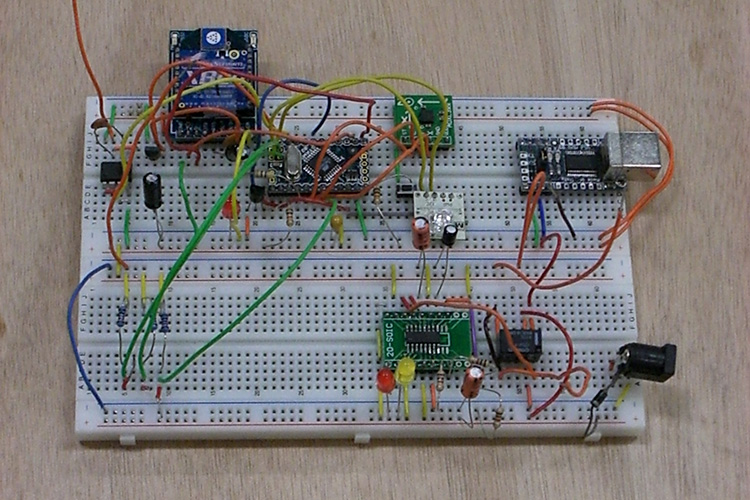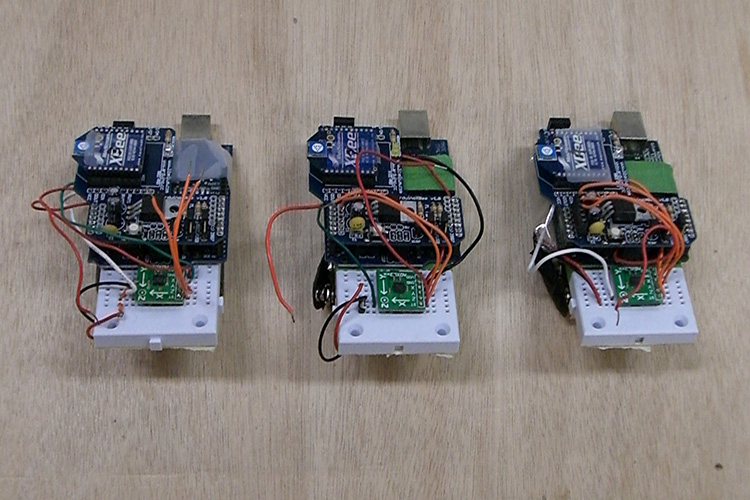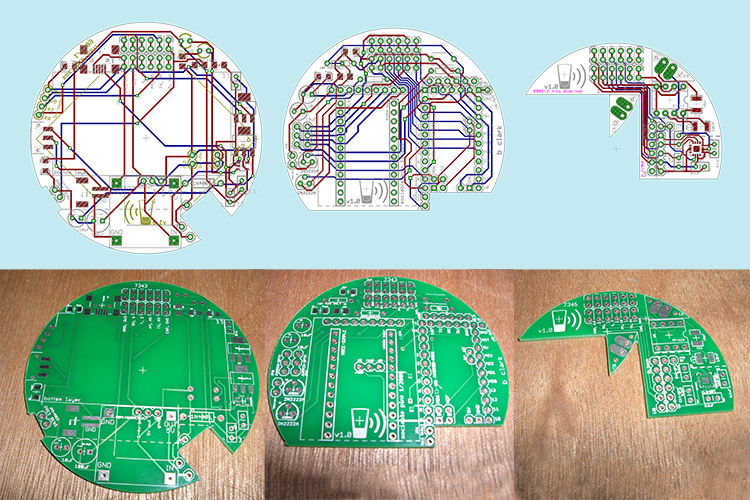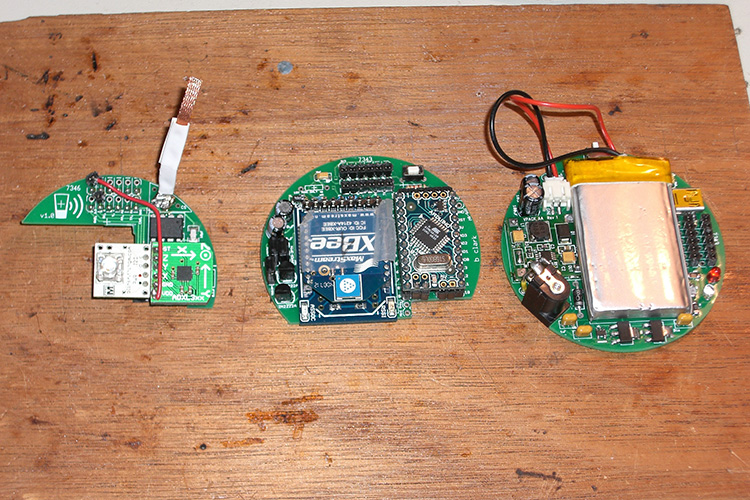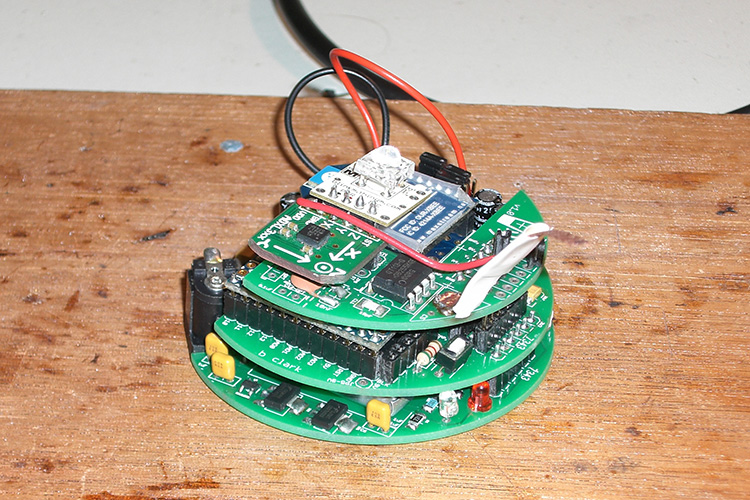videographer: Liz Chow
the Sociable Pint
2009, networked objects
What is it?
The Sociable Pint investigates the use of networked objects, not to further an impersonal trajectory of media, but to encourage and augment face-to-face conversation. Through the introduction of Pint-to-Pint (P2P) networking, bar glasses become social objects themselves, mapping themselves onto the existing network of people, in turn inserting a new layer of sociability within the space. By networking pint glasses capable of sensing, recording, and interpreting gestural data, the glasses can collectively provide direct intervention onto the social fabric within the bar space.
Why?
Social media have introduced a shift in how we communicate by providing more intuitive technological interfaces. But as these technologies provide a new salience within existing social frameworks and appropriate the practice of face-to-face conversation toward new media platforms, it becomes imperative to not only question social media's effect on face-to-face conversation, but to design social media which move in the opposite direction: to encourage and augment face-to-face conversation.
How?
Sensors embedded within each glass collect data indicative of how each glass is being used. Among other actions, the glasses can sense if they are being held, if they are being "cheersed," how they are being tilted, if they are being ignored, as well as their relative proximity to other glasses, etc. Through the interpretation of sensor data, each glass has the ability to send information via wireless transceivers to the other glasses in order to gain access to the entire system of networked pint glasses.
In addition to reciprocating information among the glasses, each glass expresses itself through an RGB LED embedded in each glass. Glasses which are used in similar ways, glasses which are in close proximity of each other, and glasses which are "cheersed" together exhibit behaviors intentionally designed to induce conversation between the bar patrons.

